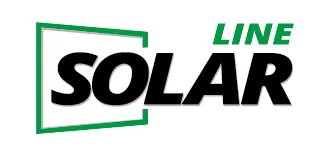Why NDC and Auto bussing required in MBB manufacturing
Why NDC and Auto bussing required in MBB manufacturing....
Non-Destructive Cell Cutting (NDC) involves dividing standard solar cells into two halves, effectively creating two smaller cells from one without any stress on cells while cutting. These smaller cells are then connected in series to form a module/String. This technology offers several advantages.
a. Reduced Resistive Losses: Half-cut cells have reduced internal resistance, leading to lower resistive losses. This results in higher module efficiency and increased energy output.
b. Reduced Current Mismatch Losses: Half-cut cells can mitigate current mismatch losses, which occur when cells in a module have different current outputs due to shading or manufacturing variations.
c. Improved Shade Tolerance: Half-cut panels can better handle shading since only one-half of the module is affected by shading at a given time. This can lead to better overall performance in partially shaded conditions.
d. Higher Voltage Output: Half-cut panels produce higher voltage, which can reduce the number of strings needed in a system and optimize inverter operation.
e. Enhanced Durability: Smaller cells are less prone to microcracks and hotspots, increasing the module's long-term reliability.
Auto Bussing (Automated Interconnection):
Auto bussing refers to the automated process of connecting solar cells within a module, often using conductive adhesives, ribbons, or other innovative methods. This automation offers several benefits:
a. Improved Precision: Automated bussing ensures accurate and consistent interconnections, reducing the risk of soldering defects or misalignments.
b. Increased Production Speed: Automation speeds up the assembly process, resulting in higher throughput and reduced manufacturing time due to MBB there are few hundreds of Soldering Points in each module leads to more time to solder with quality and consistency.
c. Cost Efficiency: While initial setup costs for automation might be higher, the long-term cost savings from increased efficiency and reduced labor can be substantial.
d. Enhanced Quality Control: Automated systems can include quality checks at each step, identifying faulty connections and reducing the likelihood of defective modules reaching customers. Each soldering point has more consistent than manual process for every module.
e. Scalability: As production demands increase, automated bussing systems can be easily scaled up to meet higher volumes.
